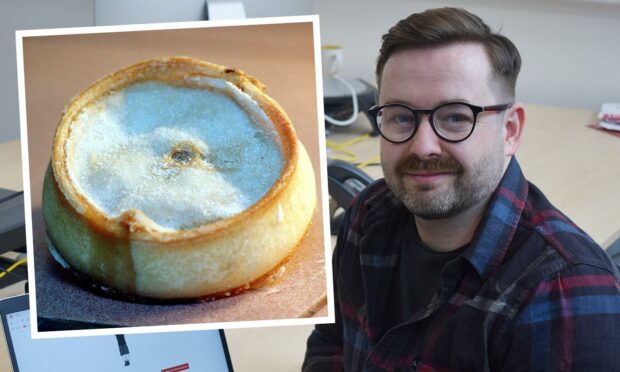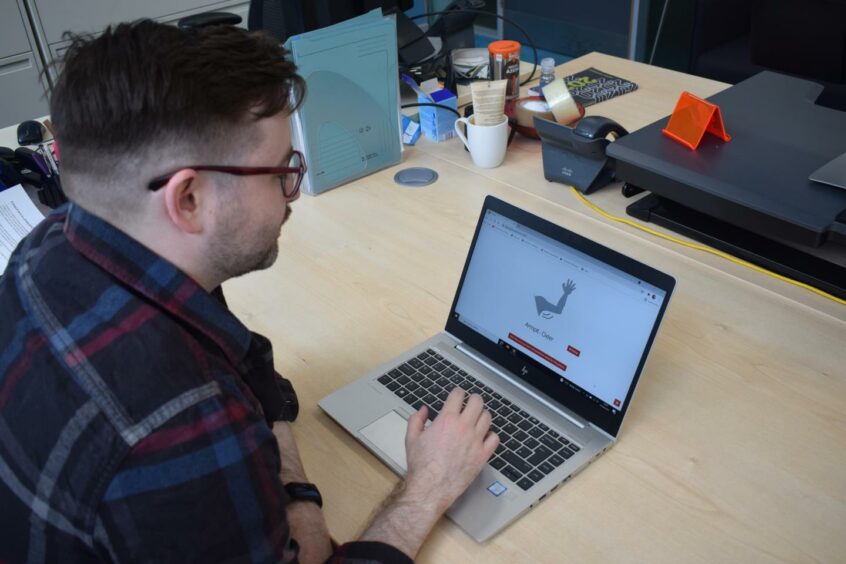Do you call your slippers baffies and go to the baker for a peh?
If you do, you’re talking the language Abertay University would love to hear.
And you’ll get a few fehvers for taking part in a novel research project centred around the city’s dialect.
The university’s psychology and forensic sciences division is looking for native Dundonian speakers to take part in an international study.
It is looking at how the brain processes language.
Locals who say eh to getting involved will look at images of various items and give them a name in Dundonian and English.
Once the 40-minute online exercise is completed, participants will be offered a £15 Amazon voucher.
A PC/laptop with microphone is required to take part in the research.
Code switching
The project is part of a larger body of work funded by the Carnegie Trust for the Universities of Scotland looking at code switching.
This is when a person alternates between two different languages or dialects depending on the context of the conversation they are having.
The latest project follows on from previous research aimed at finding out which language was more dominant among Dundonians.
It sought to highlight similarities with more traditionally recognised ‘bilinguals’.
The plan for the current study has been published in the PLOS ONE journal and will be carried out by Abertay University’s Dr Neil Kirk and Dr Mathieu Declerck at Vrije Universiteit Brussel in Belgium.
Dr Kirk said: “We ah ken Dundonian is the vibrant vernacular that maks oor city so special.
“With this research we hope to find out how our brains are able to switch from one language to another without causing interference with each other.”
Those interested in taking part should send their name and age to mind@abertay.ac.uk with the subject ‘Dundonian research’.

